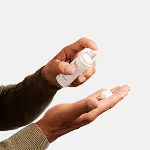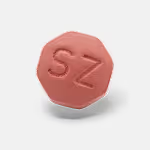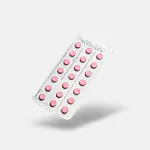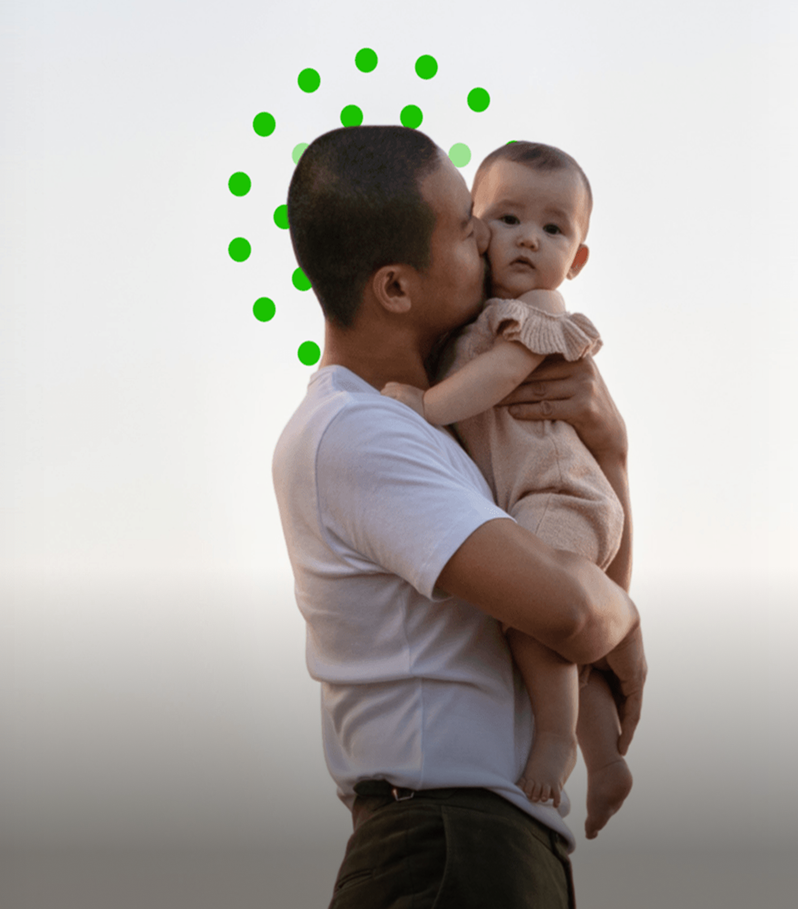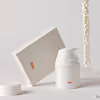Download the Felix App
Earn reward, visit our shop and get exclusive offers on the app
Download nowEarn reward, visit our shop and get exclusive offers on the app
Download nowPut your health first in 2026 with free visits on all categories, and $200 off longevity testing.
Download nowPut your health first in 2026 with free visits on all categories, and $200 off longevity testing.
Download now
AI-generated summaries may be inaccurate and do not constitute medical advice. Third-party AI tools are not under Felix's control, and your use of them is at your own risk.
Dealing with frontal baldness, also known as a receding hairline, can affect your confidence, causing you to look for a way to prevent and treat the condition.
Regarding frontal baldness, the availability and success rate of treatment will vary depending on the root cause of the hair loss. Rogaine can sometimes help to regrow hair at the front of the head, although the medication is thought to be the least effective in this area of the head.
This article will discuss frontal baldness, why it occurs, and how you can treat or prevent it.
Minoxidil is a drug classified as a vasodilator — a type of medication that helps to open the blood vessels. When used as a topical medication, minoxidil can be a powerful treatment for certain types of hair loss. It is the active ingredient found in some popular over-the-counter (OTC) hair loss treatments.
The exact mechanism of how minoxidil promotes hair growth is not currently known but is believed to have something to do with the drug increasing the size of hair follicles and extending the hair’s growth phase.
Topical minoxidil is primarily intended to treat male and female baldness—a medical condition known as androgenetic alopecia. Androgenetic alopecia is very common, affecting approximately 50% of men, according to the Canadian Dermatology Association. The prevalence of this type of hair loss is less research among women, but at least 40% of women are expected to see signs of thinning hair by age 50.
Frontal baldness is a type of hair loss marked by bald or patchy spots at the front of the hairline. This is also referred to as a receding hairline, though there can be more causes for frontal baldness beyond a normal receding hairline that occurs with age.
Let’s quickly look at the potential causes behind frontal baldness:
Preventing frontal baldness largely depends on the cause, which can be hard to identify before hair loss occurs. However, there are preventative measures you can take to try and help slow the hair loss process.
Understanding how to prevent and treat hair loss is key to maintaining your healthy head of hair for as long as possible. Keeping this in mind, let’s now look at preventative and treatment options for a receding hairline.
There is no concrete way to prevent a receding hairline. As receding hairlines are highly impacted by genetics, the fate of your hairline is often already written into your DNA. Despite this, not all hope is lost for your hairline. Along with taking medications like Rogaine, you can also consider several alternative therapies and treatments.
These treatments can include:
Always consult with a healthcare practitioner before beginning any new treatment as there are potential risks, side effects and interactions with other medications that need to be reviewed.
OTC minoxidil generally comes as a topical solution that comes in either a liquid or foam form. When using OTC minoxidil, you will apply the topical solution directly to your scalp and then leave it to dry and absorb.
It can take at least four months of consistent use to begin seeing results in the form of slowed hair loss and hair regrowth. Additionally, OTC minoxidil can temporarily cause increased hair shedding when you first begin using it. Although it may seem counterintuitive, this is a good sign that indicates a new hair growth cycle is starting, and new hairs should begin replacing the old ones.
Receding hairlines are typically genetic and affect only the frontal region of the scalp known as the hairline. Though sometimes used as interchangeable terms, male or female pattern baldness is a different condition than a receding hairline.
Although androgenetic alopecia (male/female pattern baldness) can include a receding hairline in its symptoms, it is not always the result of this condition. As such, the effectiveness of OTC minoxidil largely depends on whether or not androgenetic alopecia is the cause of hair loss.
In general, minoxidil is considered to be capable of growing hair anywhere; however, the region where the medication is least effective is the front of the head. Despite this, some evidence suggests that 5% topical minoxidil foam can be effective for hair regrowth in the frontal region of the scalp.
Whether or not OTC minoxidil is effective for a receding hairline is hard to say for certain. Ultimately, the best way to determine whether or not to use OTC minoxidil to treat a receding hairline is to consult with a healthcare practitioner.
They can help you identify the root cause of your hair loss and decide which treatment plan is best for your specific scenario. If you are experiencing frontal baldness, there is a good chance you may also be experiencing hair loss on the crown of your head, which OTC minoxidil can certainly treat.
Though sometimes referred to as a magic serum, OTC minoxidil is not the be-all, end-all of hair loss. Along with taking up to 4 months to show results, maintaining your regrowth from OTC minoxidil often requires you to continue the use of the drug.
OTC minoxidil is not a cure for hair loss, so stopping the use of the medication can lead to your hair loss starting up again after some time passes. That being said, when OTC minoxidil works, it really works.
In one observational study of 5% minoxidil, researchers found that 47.8% of the 902 eligible participants found the solution to be effective at promoting hair regrowth. A further 15.9% found it to be very effective and 20.6% found it to be moderately effective. Only 15.7% of this study participants found the solution ineffective.
To get the most out of OTC minoxidil, it is crucial to use the medication properly.
First and foremost, you should always follow the dosage instructions provided by your healthcare practitioner. In general, men will apply OTC minoxidil twice a day while women will apply it once.
The standard dosing for OTC minoxidil is half a cap of foam or 1 mL of liquid, though your healthcare practitioner can help you determine the best dose for your needs.
Once you have your dosage figured out, follow these steps:
The side effects of OTC minoxidil can vary, with most being relatively uncommon.
Here are 3 of the most common side effects associated with 5% minoxidil, according to a 2019 study:
Frontal baldness can be a frustrating condition to deal with. Luckily, all hope is not lost for your hairline, as there are several treatment options that may help slow the hair loss process and promote regrowth.
To begin your hair regrowth journey today, get started with Felix.
Medically reviewed by
References



